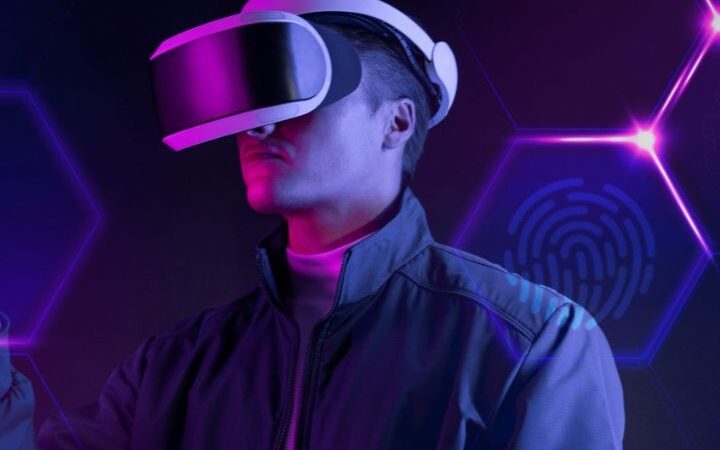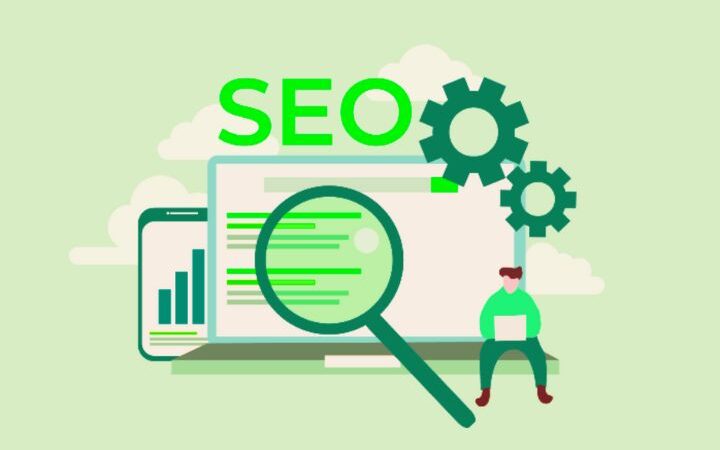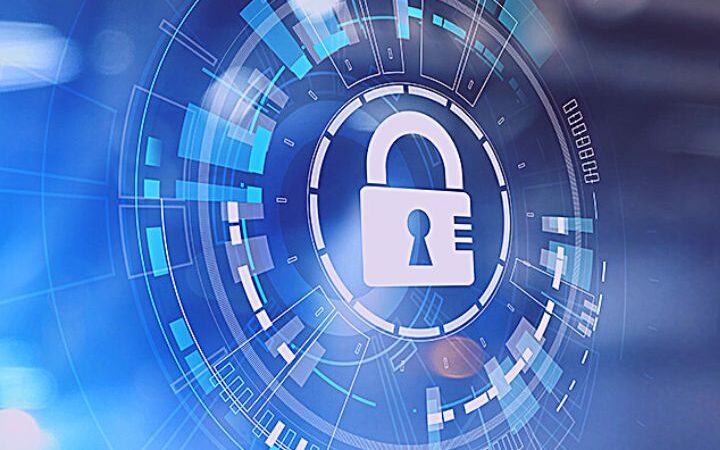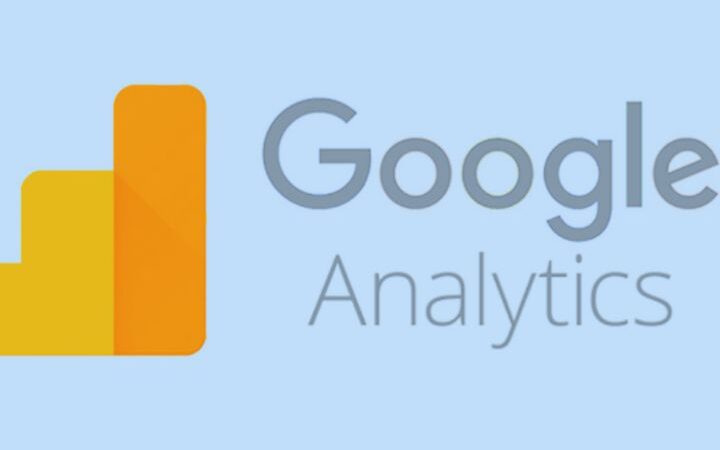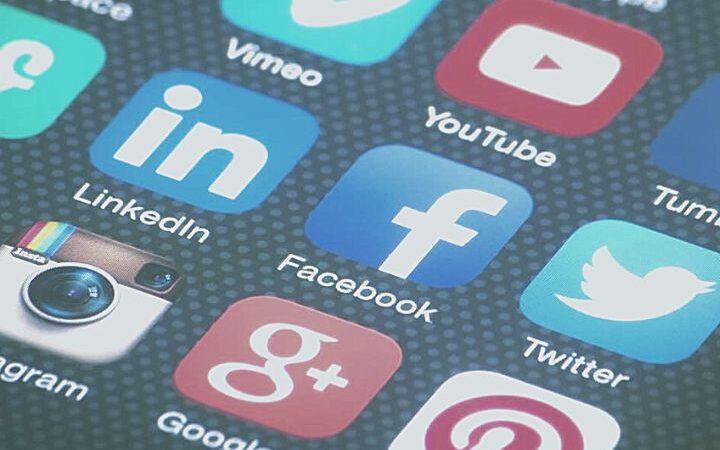Use cases, Technologies, Platforms, Dangers Of Internet of Things
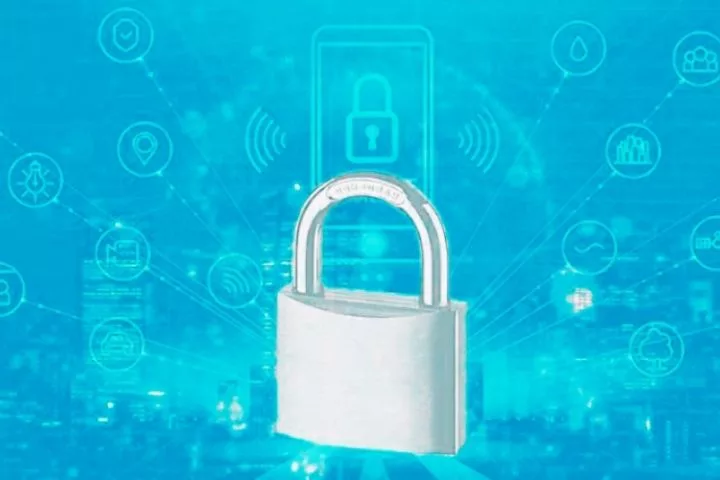
Criticism and dangers of IoT
Of course, there are also potential problems and dangers of Internet of Things. Depending on the device to be integrated, intensive considerations must be made in advance as to how risks and costs can be minimized.
At the same time, one should very carefully consider whether the device has to become an IoT device – because using a mallet method to connect everything to the Internet of Things is also just a bad solution or dangers of Internet of Things. In the following, we want to present criticism and possible dangers Of Internet of Things briefly.
DATA SECURITY
Data security is a central topic of IoT. The problem can easily be illustrated using the example of fitness bracelets. When movement data is recorded and transferred, it is highly sensitive data.
It can be a very dangerous good when someone is out of the office – in the best case also in real-time. But the GPS coordinates in general also reveal a lot about a person. From socio-economic status to age, many attributes can be derived from this data.
Together it can be seen very quickly that the data produced by IoT devices require a very high level of protection. However, this is not always the focus of the developers of the products and applications, so both consumers and industrial users risk introducing data leaks in their environment and one of the dangers of Internet of Things
NETWORK SECURITY
While the first point of Dangers of Internet of Things relates to the user’s privacy, the opposite is the security of the networks over which it is communicated. If many uncertified devices are logged into networks to transfer data via WLAN, this can quickly lead to problems with overload and security.
A simple example is a case when a device falls victim to a hacker attack. At that moment, the intruder would not only gain access to a computer but could create a botnet over a widespread network of physical devices.
Finally, network security in the Industrial Internet of Things, i.e. in industry, is even more relevant, as this quickly results in very large financial losses or even mortal dangers of Internet of Things.
USE OF TECHNOLOGY OVER BUSINESS VALUE
A problem that does not focus on security but rather on the success and thus the return of investment (ROI) of IoT is the dangers of Internet of Things, no matter how useful it is. The focus here is on the use of technology instead of implementing a well-thought-out business case.
This leads to increased costs, increased environmental pollution and swamping of networks and databases. As a result, every company should have a clear idea of the profitability and impact of their use cases before embarking on the IoT landscape.
RESILIENCE
When the Internet of Things is established, connected devices will also become the new standard. The more integrated the IoT concept is in technical devices, the less it is in users’ minds. Therefore, in a few years, connectivity will no longer be a special case but rather normal.
This also leads to the requirement that the technology is fail-safe since companies and private users will rely on it. Furthermore, many devices will need the Internet even to perform their function. If the connection to this is lost, the device will also lose its function.
POWER CONSUMPTION
Another ecological factor in addition to profitability and data volume production is the energy consumption of IoT devices. Connectivity and higher performance requirements mean higher energy consumption is necessary.
Multiplied by the idea that hundreds of thousands of devices are integrated into the Internet of Things, this is a much higher energy burden. Assuming that not every IoT device will find good use, this factor must be considered in the long term.
Internet of Things Technologies & Platforms
Since the IoT market moves and changes very quickly, we outline three possible realizations for IoT technology here.
From a specially designed solution based on a Kafka Stream and a Cassandra database with python as an analysis basis to a cloud computing implementation, exemplified by Amazon Web Services, to specialized verticals, i.e. a proprietary software solution that works across all levels (as an example, “Siemens Mindsphere”), these examples should serve more as blueprints.
It is a complete list, nor is it a detailed architecture picture, but rather gives the first glimpse into the necessary processing levels.
EDGE DEVICES & GATEWAY LAYER
The data production/recording takes place on the edge devices, e.g. a car, the refrigerator, the mobile phone or the thermostat. This level can also be found today in many electronic devices but differs from the Internet of Things.
The data is processed locally by the device itself or read out manually (e.g. via USB). The file format, the transfer rate and, if necessary, preprocessing is very individual to the application.
In general, the edge device is followed by an edge gateway, i.e. the connection to the Internet in the form of routers or access points. Still, specialized hardware is also used (e.g. Industry 4.0 / IIoT).
TRANSMISSION LAYER
The data produced must then be transferred from the edge device for further processing, or data/models can be transferred from the provider to the device (operationalization/deployment).
As a result, you need a data transfer level that functions unilaterally or bilaterally, depending on the application. Data engineers can implement implementations based on API interfaces or streaming, such as Kafka.
Cloud services such as AWS IoT or the implementation of an Azure REST API are also used in this step. MQTT is also becoming more and more established as a protocol.
STORAGE LAYER
The data storage is again individually dependent on the IoT device and the application. There can be any implementation from temporary to persistently stored data, from millisecond accuracy to a monthly data point and structured or unstructured data.
In addition to classic databases such as SQL databases, big data technologies such as NoSQL (e.g. MongoDB ), Hadoop or cloud technologies such as AWS S3 are used.
PROCESSING & ANALYTICS LAYER
The recorded data is then read out using various options and processed by data analysts and data scientists. These can be simple analyses and visualizations, such as Power BI or Tableau, but advanced analytics use natural language processing, machine learning, etc.
The technologies used are the entire range of data science tools, for example, python, KNIME or cloud-based services such as AWS Glue and AWS Kinesis Analytics or Azure Machine Learning.
APPLICATION LAYER
The applications that play a role in the IoT environment are very variable. Everything is possible, from simple evaluations on dashboards to providing data in other systems to automated machine learning processes.
Examples include visualization software such as Tableau or Power BI, cloud services as connectors such as Azure Logic App or other processing systems based on artificial intelligence.
Use cases and examples for devices in the Internet of Things
THE SMARTPHONE
While in the basic concept of the Internet of Things, the connected devices are very small and equipped with low processor strength, the smartphone is still widely regarded as the ultimate IoT device. It collects a very high bandwidth of data (GPS, WLAN, acceleration, etc.) and makes this available to many services (Facebook, Google Maps, etc.).
Since the smartphone can do a lot more – i.e. it is a real IT device – some would no longer see it as an IoT device. But it follows the original concept of connected physical objects.
RING’S VIDEO DOORBELLS
Equipped with a video camera and WLAN access, the small device lets you check who has just rung the bell via mobile phone. In addition, the clips are recorded, and it also brings home security thanks to a motion sensor.
Unfortunately, a wonderful example of the Internet of Things also has negative aspects, as shown by security problems with the product.
DASH BUTTONS FROM AMAZON
Reorder products at the push of a button without starting an app or logging into a platform – a very simple use case for the Internet of Things, via a WiFi connection, the programmable buttons signal to Amazon that the product was automatically ordered.
Alexa and automatic reordering have now superseded the dash buttons. Still, they are a contemporary witness for a simple use case of how the digital and physical world can be connected easily.
ALEXA, GOOGLE HOME, SIRI
Virtual Voice Assistants are now one of the most successful IoT devices on the world market. Alexa, the pioneer of Amazon, is asked about the weather and current TV programs and saves appointments, places orders, and knows exactly when its owners are at home.
The quantities of data produced allow a precise picture of human behaviour to be drawn and thus promote personalization.
MODERN CARS FROM BMW, MERCEDES AND OTHERS
For a few years now, many car manufacturers have been massively embarking on the IoT landscape. There are at least three fields of application: on the one hand, diagnostics and troubleshooting, on the other hand, analyzing driving behaviour and traffic volume, and thirdly providing services such as personalized navigation.
A car is a big “thing”, but it is still a very good candidate for the Internet.
DIGITAL TWINS
The principle of the digital twins states that in addition to a physical object, we also create a digital representation of this product and maintain it across all production, delivery and usage steps.
As a comprehensive concept, it also shows very strong points of contact with the Internet of Things, as these devices deliver data in use, which enriches the digital twin. A digital twin is particularly at home in Industry 4.0 (Industrial Internet of Things, IoT) to develop production errors, recalls or improvement approaches.
LOGISTICS
Amazon is doing an excellent job in the B2C area: at every step of the order process, the customer is informed of the current status – including the position of the delivery vehicle. This tracking has the clear advantage for the end-user of being fully informed.
For Amazon itself, it allows very fine-grained supply chain management. Since all process steps can produce and evaluate data from e-commerce to warehousing and logistics to the customer, optimizations can be quickly developed and implemented.
SMART HOME
As already mentioned in the definition of the term, there is a large overlap between the smart home concept and the Internet of Things, Dangers of Internet of Things. While the smart home can also function without networking, i.e. collects and evaluates data purely locally and takes appropriate actions, the concept gains strength when there is connectivity.
Typical examples for this category are thermostats or lighting systems.
FITNESS TRACKERS AND SMARTWATCHES
Originally, fitness trackers were not IoT devices due to the lack of internet connection. But these and the “big brothers” of the fitness tracker, the smartwatches, have also developed a lot in technology.
They are IoT devices that are now heavily involved in controlling body functions (pulse, sweat, ..) and self-optimization.
PREDICTIVE MAINTENANCE / MASCHINENÜBERWACHUNG
Another use case is predictive maintenance, i.e. the maintenance of machines before they are damaged. This is mostly based on MES Big Data. Still, some manufacturers are now starting to attach small sensors (image, sound) to machines to transmit this data directly instead of just relying on production data.
Accumulated, this allows, for example, to create a dashboard in which production control is improved since it is foreseeable how many machines are in danger of breaking down.
PERSONAL IOT DEVICES
As a continuation of smartwatches, one idea is that other clothing items will also become IoT devices. Google Glass was a foray in this direction, but several companies are working on Smart Cloth, i.e. items of clothing that record and transmit data. This would promote even more seamless integration of people and the Internet.


